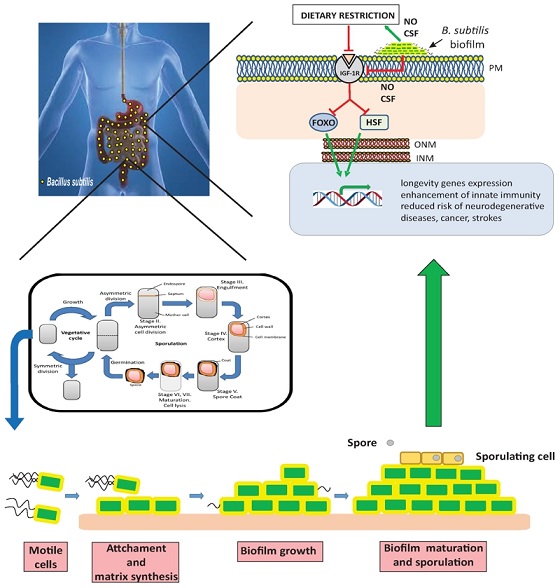Introduction: Unveiling the Power of Ellagic Acid
Chronic liver diseases, often the result of sustained oxidative stress, have long been a challenge to treat using traditional methods. However, a natural compound is making waves for its remarkable therapeutic potential. Ellagic Acid (EA), a naturally occurring polyphenolic constituent, has garnered attention for its wide range of biological activities. This article dives deep into the pharmacological properties of EA and its molecular mechanisms in offering liver protection and cancer prevention.
TOC: Navigating Through the Benefits of Ellagic Acid
- Antioxidant and Antihepatotoxic Properties
- Inhibition of Cancer Cell Growth and Promotion of Apoptosis
- Preventing Cancer, Birth Defects, and Other Conditions
- The Role of Ellagic Acid in Enhanced Cancer Treatment
- Supercharging Ellagic Acid Treatment
Antioxidant and Antihepatotoxic Properties
Ellagic Acid showcases a multitude of protective properties against liver diseases. Its role as an antioxidant and its antihepatotoxic capabilities stand out. These include fighting against toxic and pathological conditions by scavenging free radicals, regulating enzymes, and modulating cytokines synthesis.
Ellagic Acid’s impact extends to antisteatotic, anticholestatic, and antifibrogenic actions, highlighting its comprehensive approach to liver health.
Inhibition of Cancer Cell Growth and Promotion of Apoptosis
Ellagic Acid goes beyond liver protection; its prowess in combating cancer is profound. From causing cancer cells to go through natural apoptosis without harming healthy cells, to inhibiting tumor growth and cell division, EA presents a compelling case for cancer treatment.
EA’s ability to prevent the binding of carcinogens to DNA and strengthen connective tissue also plays a pivotal role in deterring the spread of cancer cells.
Preventing Cancer, Birth Defects, and Other Conditions
Beyond its anti-cancer capabilities, Ellagic Acid is associated with lower incidence of birth defects, wound healing acceleration, heart disease reduction, and liver fibrosis reversal. These benefits underline the wide-reaching impact of EA on general health and disease prevention.
The Role of Ellagic Acid in Enhanced Cancer Treatment
Ellagic Acid, while not a stand-alone treatment, holds immense potential when used alongside other treatments. Its inclusion in diets rich in fruits and nuts, which are part of major alternative cancer treatments, enhances its efficacy.
- Hope For Cancer – Complete Ellagic Acid Protocol w/graviola
- Driscoll’s – Major articles on berries, Ellagic Acid, Quercetin, etc.
- Oregon Berries – Excellent article on Black Raspberries, Ellagic Acid, etc.
Supercharging Ellagic Acid Treatment
To amplify the benefits of Ellagic Acid, incorporating it with other nutritional and therapeutic measures is vital for a comprehensive treatment protocol. The synergy between EA and other elements in a cancer treatment regimen can lead to more promising outcomes.
Conclusion: Embracing the Promise of Ellagic Acid
Ellagic Acid represents a beacon of hope in the fight against chronic liver diseases and cancer. With continued research and clinical trials, the full potential of EA can be unlocked—offering a natural, effective complement to conventional treatments.
FAQs:
Can Ellagic Acid cure cancer?
Ellagic Acid is not a standalone cure for cancer but has shown to significantly inhibit cancer cell growth and promote apoptosis in conjunction with other treatments.
How does Ellagic Acid aid in liver protection?
Ellagic Acid possesses antioxidant, antihepatotoxic, and other protective properties that play a crucial role in safeguarding the liver against various toxic and pathological conditions.
Is Ellagic Acid suitable for all chronic liver disease patients?
While Ellagic Acid shows promising results, its suitability varies among individuals. Consulting a healthcare provider is essential before including it in a treatment regimen.




